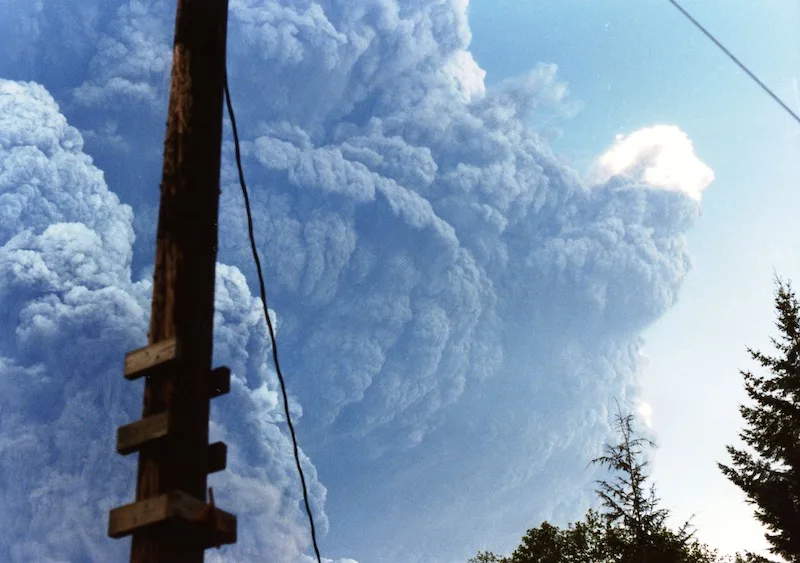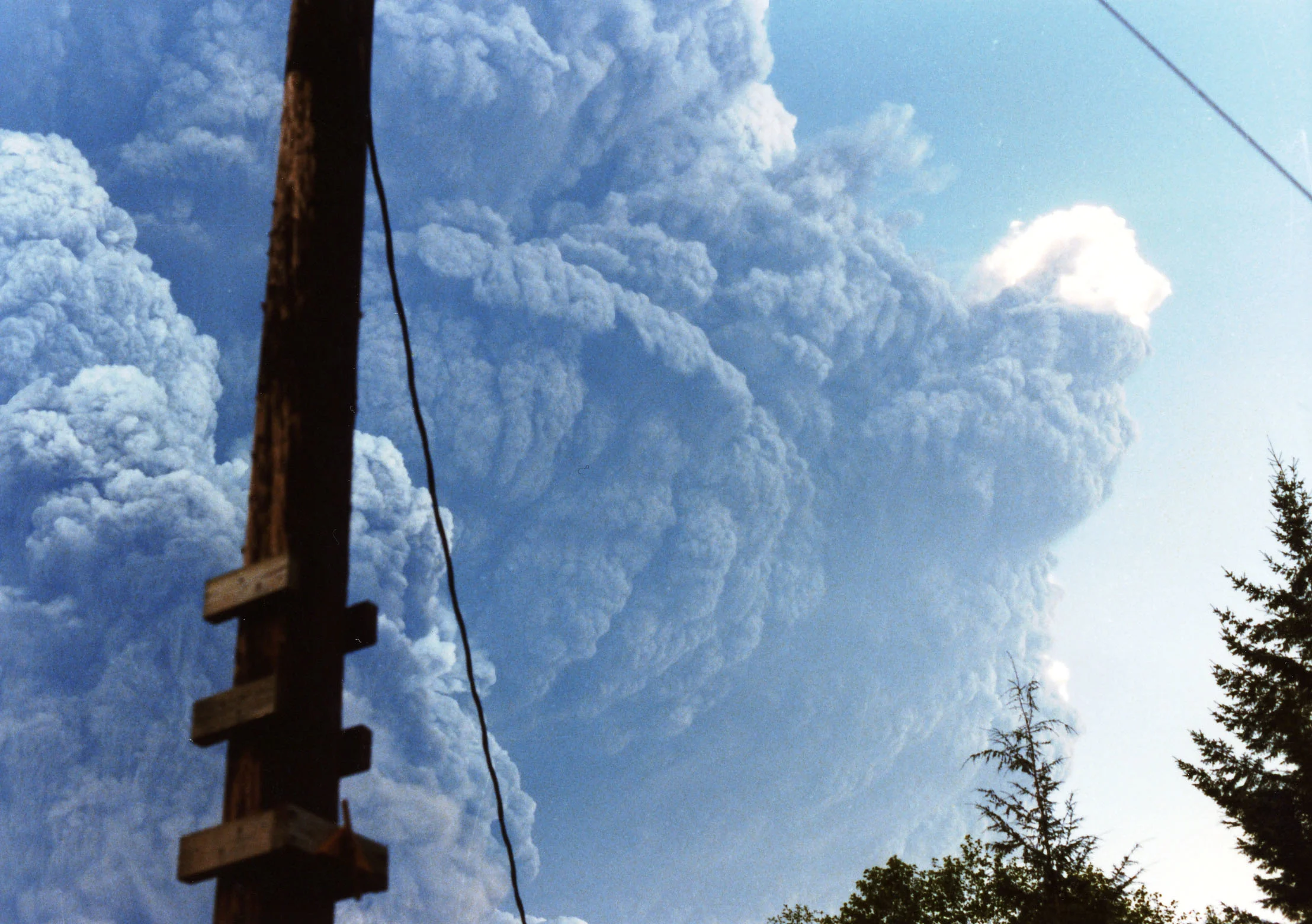
Recalling the historic Mount St. Helens volcanic eruption 40 years later
Nearly 60 people vanished in the May 18, 1980 Mount St. Helens eruption, one of the most explosive on record in the U.S.
On May 18, 1980, Mount St. Helens produced one of the biggest volcanic eruptions in U.S. history, resulting in dozens of deaths and causing more than $1 billion in damage.
At 8:32 a.m., what began at that moment eventually led to one of the largest volcanic eruptions ever recorded in the United States. What initially triggered the Mount St. Helens blast was a 5.1-magnitude earthquake, which collapsed the north-siding face of the mountain.
SEE ALSO: How heavy rainfall triggered the Kilauea volcano's 2018 eruption
The resulting explosion killed 57 people and a torrential landslide wiped out 600 square kilometres of Washington state forest, leaving behind a trail of empty wasteland. It also destroyed more than 250 homes.

Mount St. Helens erupted on May 18, 1980. Photo: R.W. Frank/Washington State Department of Natural Resources.
BEFORE THE ERUPTION
Seismologist Steve Malone recalled the time leading up to May 18, 1980 in an interview with GeekWire. In the weeks prior to the eruption, he said it was "essentially" an unfolding local disaster.
Malone was the primary scientist responsible for keeping a close eye on Mount St. Helens at the time, now a professor emeritus at the University of Washington. “We didn’t know what the result was going to be, but there was an evolving situation that spring that we didn’t understand very well," said Malone.
Discussions over how to handle the situation were had, which put pressures on civil authorities to keep areas open to the public, he recalled. Two weeks before the eruption, Washington’s then-governor signed an emergency order to shut down a “red zone” around the mountain.

Mount St. Helens eruption, May 18, 1980. Photo: G.E. Brault/Washington State Department of Natural Resources.
For Malone, May 18, 1980 also marked the dawn of modern volcanology. “We were right at the dawn of computer recording and analyzing seismic data,” he said. “We were essentially using the old, analog paper film recorders, and we had just started our first computer system operating.”
Mount St. Helens experienced an active eruption period between 1800 and 1857, followed by numerous smaller blasts after the 1980 explosion, most recently in 2004. To this day, the volcano is considered to be active.
Thumbnail courtesy of G.E. Brault/Washington State Department of Natural Resources.
